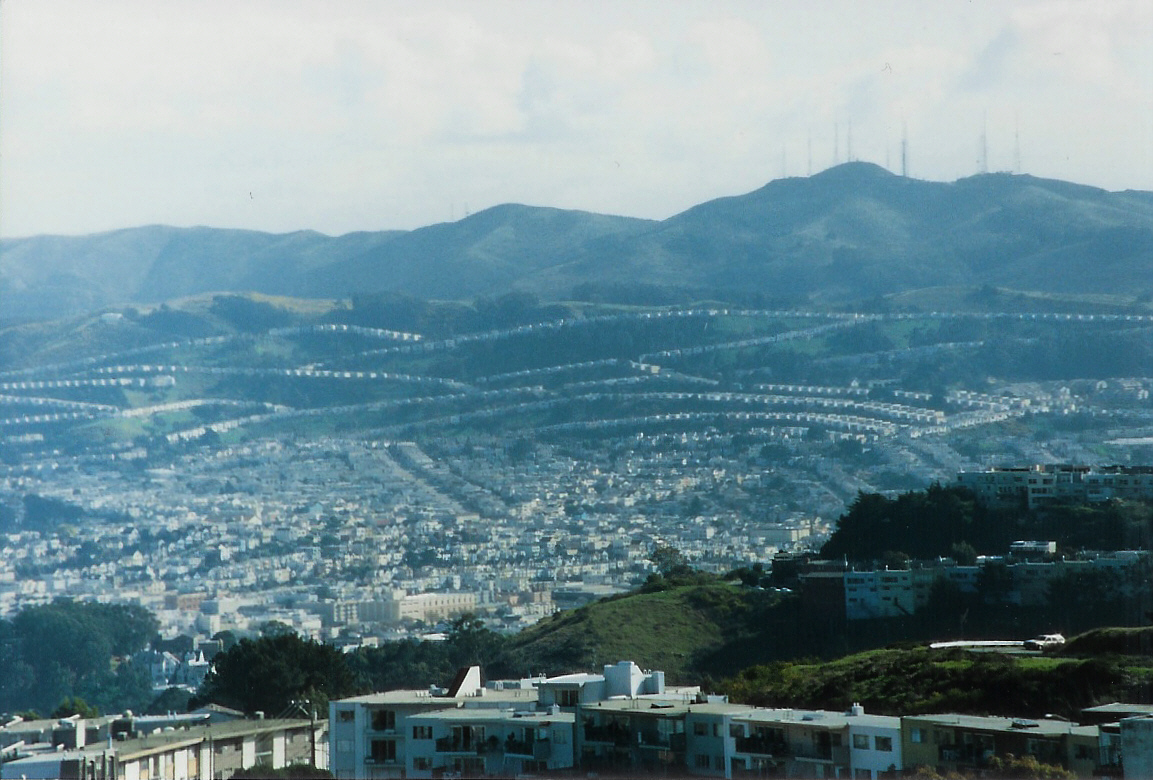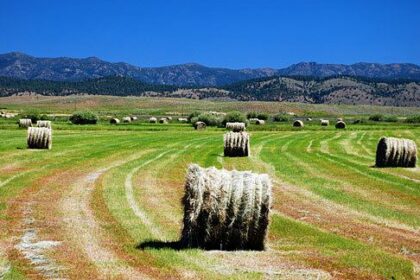Daly City is the most populous city in San Mateo County, California, United States, with an estimated 2019 population of 106,280. Take a look below for 20 awesome and fun facts about Daly City, California, United States.
1. Located in the San Francisco Bay Area, and immediately south of San Francisco (sharing its northern border with almost all of San Francisco’s southern border), it is named for businessman and landowner John Donald Daly.
2. Archaeological evidence suggests the San Francisco Bay Area has been inhabited as early as 2700 BC.
3. People of the Ohlone language group probably occupied Northern California from at least the year A.D. 500.
4. Though their territory had been claimed by Spain since the early 16th century, they would have relatively little contact with Europeans until 1769, when, as part of an effort to colonize Alta California, an exploration party led by Don Gaspar de Portolá learned of the existence of San Francisco Bay.
5. Seven years later, in 1776, an expedition led by Juan Bautista de Anza selected the site for the Presidio of San Francisco, which José Joaquín Moraga would soon establish.
6. Later the same year, the Franciscan missionary Francisco Palóu founded the Mission San Francisco de Asís (Mission Dolores).
7. As part of the founding, the priests claimed the land south of the mission for sixteen miles for raising crops and for fodder for cattle and sheep.
8. In 1778, the priests and soldiers marked out a trail to connect San Francisco to the rest of California.
9. At the top of Mission Hill, the priests named the gap between San Bruno Mountain and the hills on the coast La Portezuela (“The Little Door”). La Portezuela was later referred to as Daly’s Hill, the Center of Daly City, and is now called Top of the Hill.
10. During Spanish rule, the area between San Bruno Mountain and the Pacific remained uninhabited.
11. Upon independence from Spain, prominent Mexican citizens were granted land parcels to establish large ranches, three of which covered areas now in Daly City and Colma.
12. Rancho Buri Buri was granted to Jose Sanchez in 1835 and covered 14,639 acres (59.24 km2) including parts of modern-day Colma, Burlingame, San Bruno, South San Francisco, and Millbrae.
13. Rancho Laguna de la Merced was 2,219 acres (8.98 km2) acres and covered the area around a lake of the same name.
14. The third ranch covering parts of the Daly City–Colma area was named Rancho Cañada de Guadalupe la Visitación y Rodeo Viejo and stretched from the Visitacion Valley area in San Francisco, to the city of South San Francisco covering 5,473 acres (22.15 km2).
15. Following the Mexican Cession of California at the end of the Mexican–American War the owners of Rancho Laguna de La Merced tried to claim land between San Bruno Mountain and Lake Merced. An 1853 US government survey declared that the contested area was in fact government property and could be acquired by private citizens.
16. There was a brief land rush as settlers, mainly Irish established ranches and farms in parts of what is now the neighborhoods of Westlake, Serramonte, and the cities of Colma and Pacifica.[19] A decade later, several families left as increase in the fog density killed grain and potato crops. The few remaining families switched to dairy and cattle farming as a more profitable enterprise.[19] In the late 19th century as San Francisco grew and San Mateo County was established, Daly City also gradually grew including homes and schools along the lines for the Southern Pacific railroad.
17. Daly City served as a location where San Franciscans would cross over county lines to gamble and fight. As tensions built in approach to the American Civil War, California was divided between pro-slavery, and Free Soil advocates.
18. Two of the main figures in the debate were US Senator David C. Broderick, a Free Soil advocate, and David S. Terry, who was in favor of extension of slavery into California. Quarreling and political fighting between the two eventually led to a duel in the Lake Merced area at which Terry mortally wounded Broderick, who would die three days later.
19. The site of the duel is marked with two granite shafts where the men stood, and is designated as California Historical Landmark number 19.
20. On the morning of April 18, 1906, a major earthquake struck just off the coast of Daly City near Mussel Rock.




